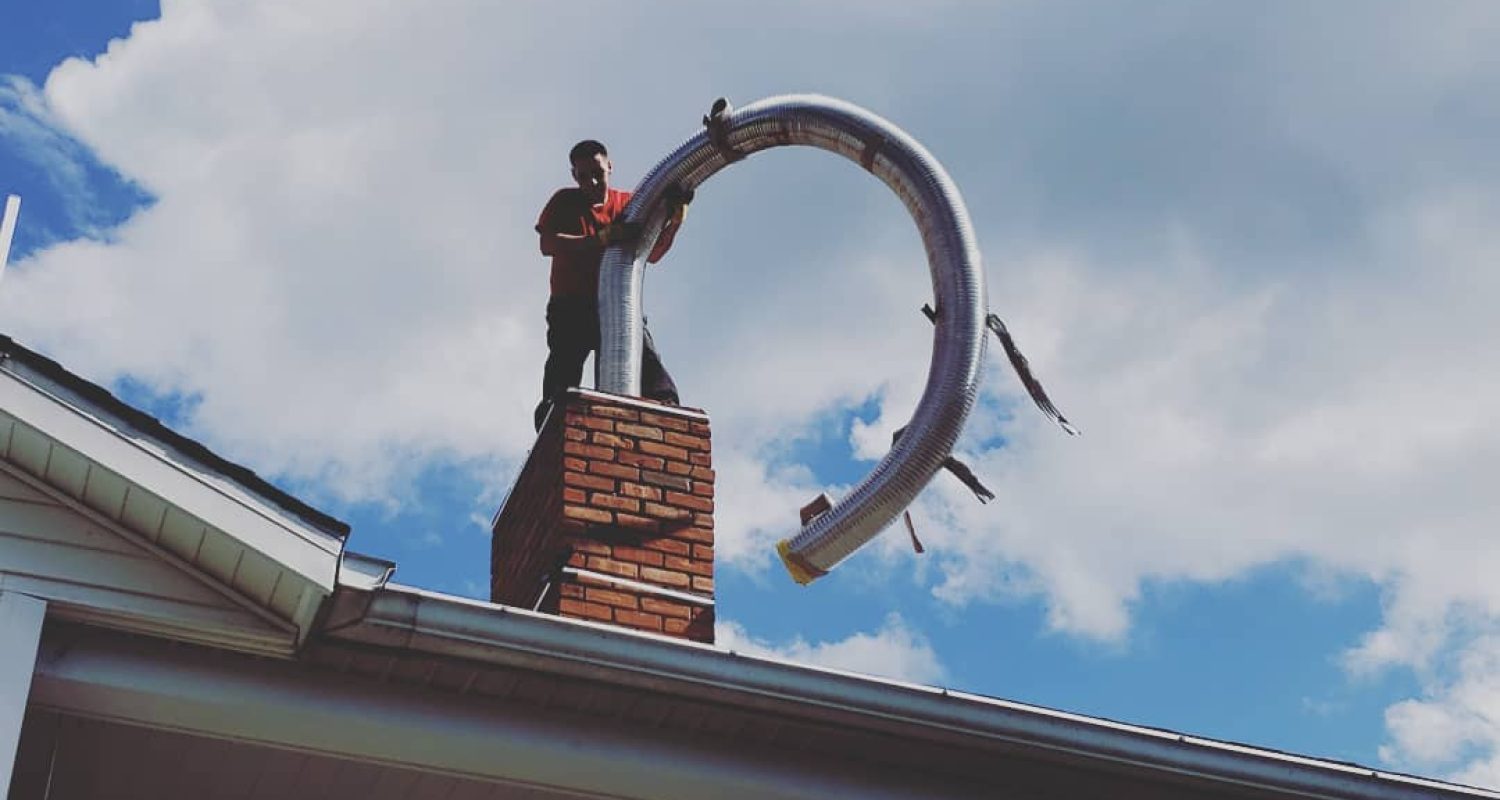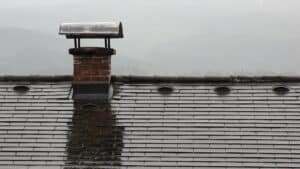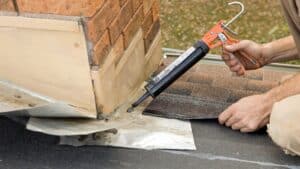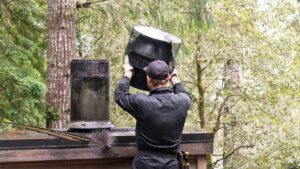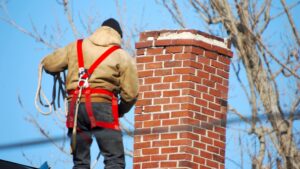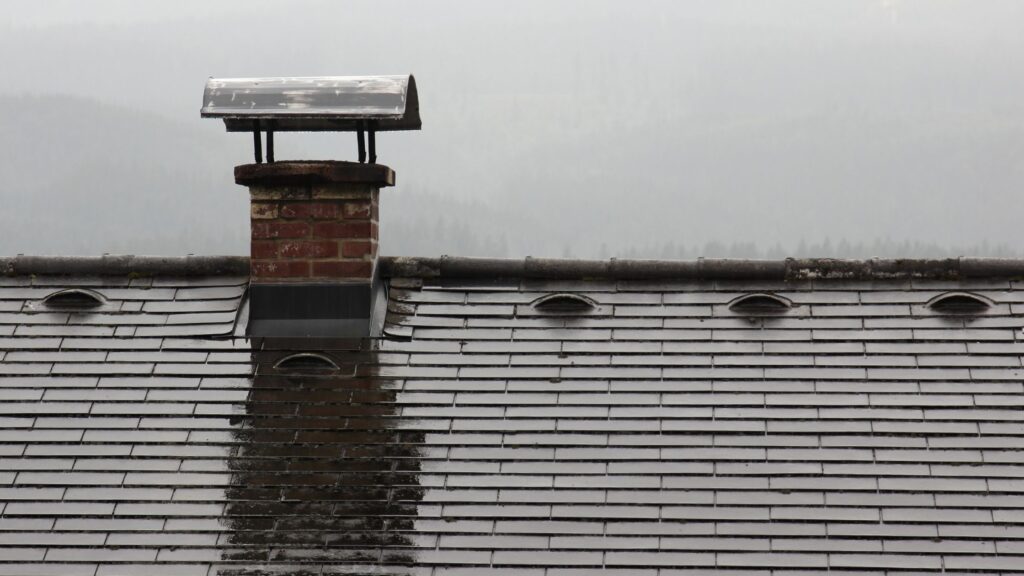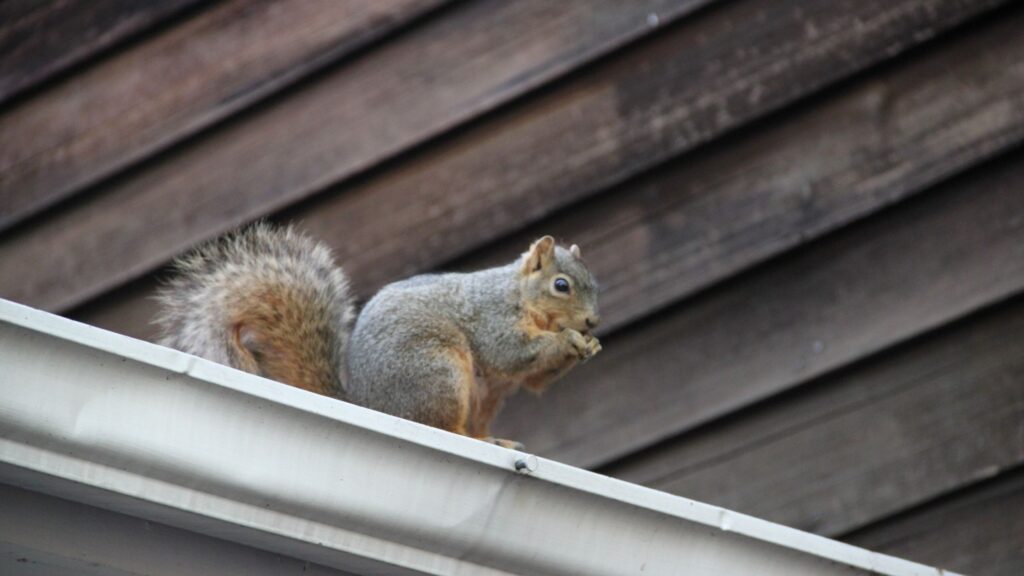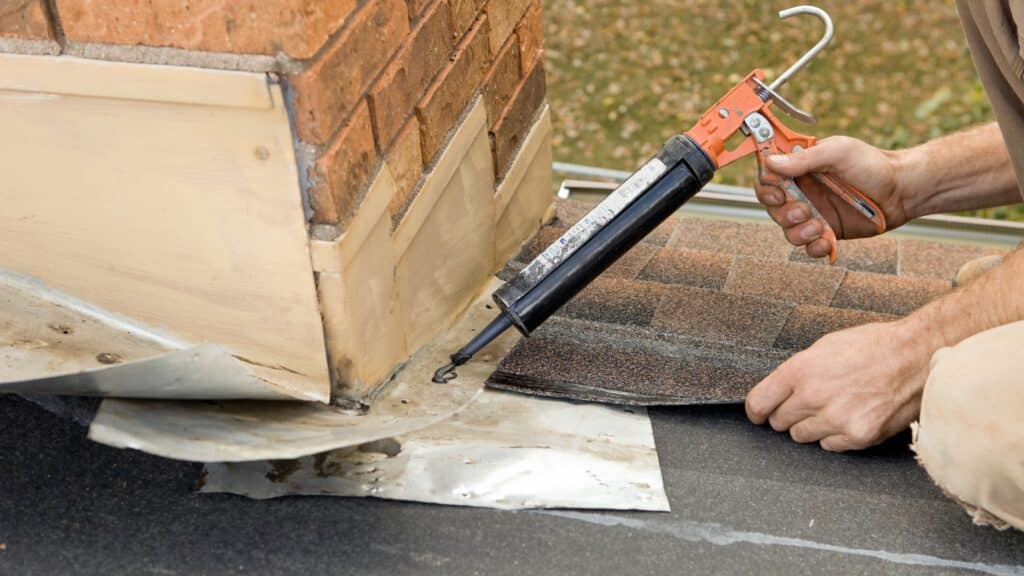What is the Life Expectancy of a Chimney Liner?
In the heart of every home lies a beacon of warmth and comfort—a fireplace. Beyond the flickering flames, however, lies an unsung hero keeping your home safe from harm: the chimney liner. Acting as the backbone of your chimney, it protects your home from smoke and heat. But how long can we expect this silent guardian to last? Let’s explore the life expectancy of a chimney liner and tips to extend its lifespan.
The Importance of Chimney Liners
Picture your chimney liner as a vigilant knight guarding your home. Without it, your space would be exposed to toxic gases, fire hazards, and damaging moisture. A chimney liner channels smoke and gases safely out, protecting flammable materials in your home.
Why Every Home Needs One
Chimney liners are essential, not a luxury. They enhance efficiency, prevent carbon monoxide poisoning, and lower the risk of chimney fires. In many areas, they’re even required by building codes to ensure safety.
Factors Influencing Chimney Liner Longevity
- Material Used: Clay, metal, or cast-in-place materials impact durability.
- Installation Quality: Proper installation is key to maximizing lifespan.
- Maintenance Routine: Routine cleanings and inspections are crucial.
- Usage Frequency: Frequent use leads to faster wear and tear.
- Environmental Conditions: Extreme weather can shorten your liner’s lifespan.
Common Types of Chimney Liners
- Clay Tile Liners: Long-lasting with proper care, often found in older homes but prone to cracking under temperature changes.
- Metal Liners: Durable, versatile, and ideal for wood-burning fireplaces (stainless steel) or gas appliances (aluminum), lasting 15-20 years.
- Cast-in-Place Liners: Custom-fitted for insulation and structure, lasting for decades with proper maintenance.
Signs Your Chimney Liner Needs Attention
- Visible Damage: Cracks or rust indicate repairs or replacement are due.
- Inefficient Fireplace Performance: Poor heating could signal a liner issue.
- Unusual Smells: Persistent odors suggest venting issues.
- Soot Buildup: Excessive soot signals potential problems.
Key Takeaways
- Chimney liners are critical for home safety, preventing fires and exposure to toxic gases.
- Factors like material, installation, maintenance, and climate impact lifespan.
- The main types—clay tile, metal, and cast-in-place—offer different durability benefits.
- Annual inspections and maintenance extend the life of your chimney liner.
FAQs About Chimney Liners
Q: How often should I have my chimney liner inspected?
A: Annual inspections are recommended to maintain optimal performance.
Q: Can I replace a chimney liner myself?
A: Professional replacement is recommended to ensure safety and code compliance.
Q: What is the cost of replacing a chimney liner?
A: Costs vary, typically ranging from $2,500 to $5,000 depending on the liner type and installation.
Conclusion
Your chimney liner is more than a part of your fireplace; it’s a silent guardian ensuring warmth and safety in your home. Maintaining its lifespan is like caring for a sturdy oak tree: with the right attention, it will endure for years. For professional chimney inspections and maintenance, contact True Ventilation today. Let us help keep your hearth safe, efficient, and ready for all your cozy gatherings.



